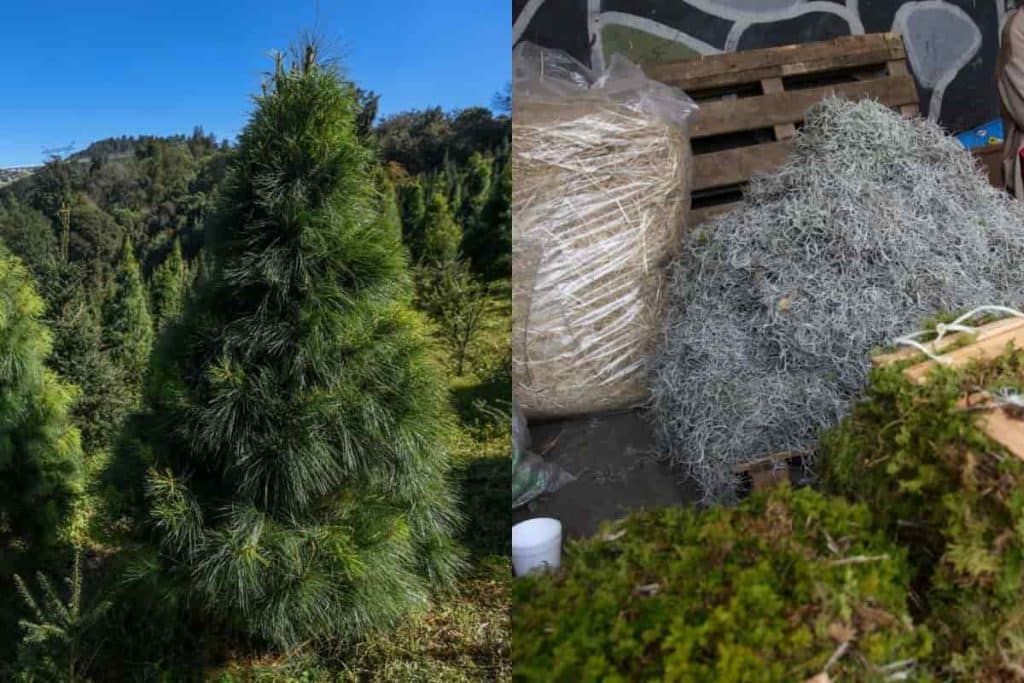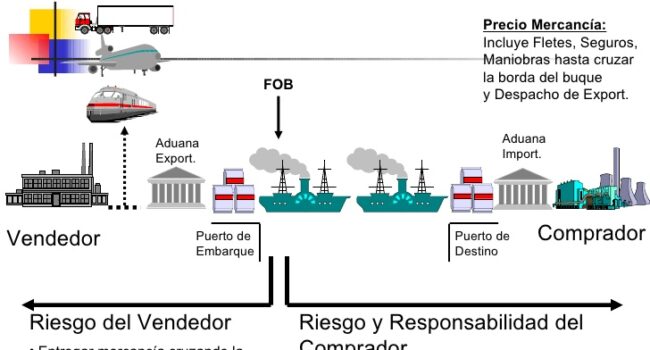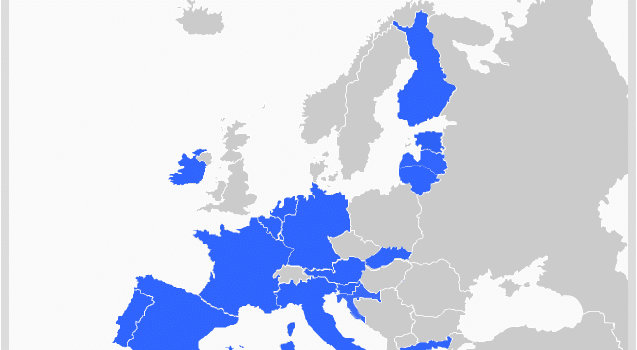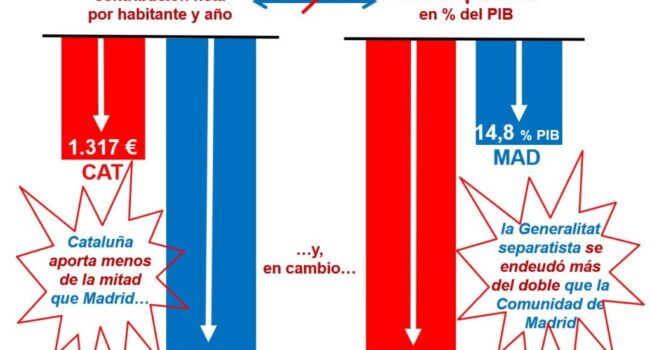
You're probably wondering how Christmas trees impact the oil and gas sector. Well, it's more than just a festive decoration. In the oil and gas industry, Christmas trees refer to critical components that control the flow of oil and gas from wells. They substantially influence operational efficiency, costs, and environmental sustainability. By optimizing flow rates and chemical injections, Christmas trees enhance production and reduce downtime. As you explore further, you'll discover how Christmas trees affect global oil prices, logistical operations, and the entire supply chain.
- Cuadro Descriptivo
- Christmas Trees in the Oil & Gas Sector
- Economic Influence of Christmas Trees
- Operational Benefits and Challenges
- Environmental Considerations
- Innovation and Technological Advances
- Impact on Global Oil & Gas Markets
- Frequently Asked Questions
- Can Christmas Trees Be Used for Both Oil and Gas Wells?
- Are Subsea Trees Used Exclusively for Offshore Drilling Operations?
- Do Christmas Trees Control the Flow of Oil or Gas During Drilling?
- Can a Wellhead Operate Without a Christmas Tree Attached?
- Are Christmas Trees Interchangeable Between Different Oil or Gas Wells?
- Conclusion
Cuadro Descriptivo
| Comparison of Christmas Trees in the Oil and Gas Industry | |||
|---|---|---|---|
| Aspect | Traditional Christmas Trees | Advanced Christmas Trees | Impact on Industry |
| Design and Installation | Dependent on well environment and drilling method | Optimized for specific well conditions | Influences production efficiency |
| Cost | Up to 10% of total well cost | Reduced costs through advanced materials | Affects financial performance |
| Technology | Limited automation | Digitalization and automation enhance efficiency | Transforms industry operations |
| Production Efficiency | Affects production rates and downtime | Real-time monitoring and optimization | Improves overall production performance |
| Well Maintenance | Regular maintenance required | Predictive maintenance and reduced downtime | Reduces operational costs |
| Data Analysis | Limited data analysis capabilities | Advanced data analysis for optimized production | Enhances decision-making |
| Supply and Demand | Influences global supply and demand dynamics | Efficient production management affects market balance | Impacts global energy markets |
| Environmental Impact | Potential environmental risks | Advanced designs minimize environmental footprint | Supports sustainability initiatives |
| Scalability | Limited scalability options | Modular designs for easy expansion | Supports increased production demands |
| Operator Training | Requires specialized training | Simpler operation and maintenance | Reduces training costs and time |
| Safety Features | Basic safety features | Advanced safety features and real-time monitoring | Enhances operational safety |
| Material Selection | Limited material options | Advanced materials for improved durability | Reduces maintenance and replacement costs |
| Installation Time | Longer installation times | Faster installation and deployment | Reduces downtime and increases production |
| Real-time Monitoring | Limited real-time monitoring capabilities | Advanced real-time monitoring and optimization | Enhances production efficiency |
| Predictive Maintenance | Limited predictive maintenance capabilities | Advanced predictive maintenance and reduced downtime | Reduces operational costs |
| Well Intervention | More frequent well interventions required | Reduced well interventions and increased production | Improves overall production performance |
| Flow Control | Limited flow control capabilities | Advanced flow control and optimization | Enhances production efficiency |
| Pressure Management | Limited pressure management capabilities | Advanced pressure management and optimization | Improves overall production performance |
| Corrosion Protection | Limited corrosion protection options | Advanced corrosion protection and reduced maintenance | Reduces maintenance and replacement costs |
| Electrical Systems | Limited electrical system capabilities | Advanced electrical systems and optimized performance | Enhances production efficiency |
| Digital Twin Technology | Limited digital twin capabilities | Advanced digital twin technology and optimized production | Enhances decision-making and production efficiency |
| Cybersecurity | Limited cybersecurity measures | Advanced cybersecurity and data protection | Protects against cyber threats and data breaches |
_*"This table highlights the significant impact of Christmas trees on the oil and gas industry, showcasing the benefits of advanced technologies and optimized designs in enhancing production efficiency, reducing costs, and improving overall industry performance."*_
Christmas Trees in the Oil & Gas Sector
As you explore the world of oil and gas production, you'll encounter different types of Christmas trees used in wells.
You'll find surface Christmas trees, which connect to the wellhead on the surface, and subsea Christmas trees, used in offshore drilling and extraction.
Now, let's take a closer look at these two types of Christmas trees and how they differ in their design and functionality.
Types of Christmas Trees in Wells
You'll encounter two primary types of Christmas trees in the oil and gas sector: surface trees and subsea trees, each designed to control the flow of oil or gas in different well environments.
Lee También
Surface trees are used in onshore wells, connecting to the wellhead on the surface. They're typically vertical and resemble a Christmas tree, with valves, gauges, and chokes controlling the flow.
Subsea trees, on the other hand, are used in offshore wells, connecting to the wellhead on the seafloor. They're often horizontal and less tree-like, but still facilitate flow control.
Both types are essential in well design, as they enable adjustments in flow rates and chemical injections to optimize production.
Drilling methods also influence the choice of Christmas tree, with surface trees often used in directional drilling and subsea trees in horizontal drilling.
Surface vs. Subsea Christmas Trees
When it comes to oil and gas production, choosing between surface and subsea Christmas trees depends on the specific well environment and drilling method.
You'll typically use surface Christmas trees for onshore or shallow water wells, where the wellhead is easily accessible. These trees are simpler, more cost-effective, and easier to maintain.
Lee También
On the other hand, subsea Christmas trees are designed for offshore installations, where water depths make it difficult or impossible to access the wellhead directly. Subsea trees are more complex, with additional components to withstand the harsh underwater environment.
They're often used in deepwater drilling, where the wellhead is submerged and inaccessible. By selecting the right type of Christmas tree, you can facilitate efficient and safe oil and gas production.
Economic Influence of Christmas Trees
As you explore the economic influence of Christmas trees in the oil and gas sector, you'll notice that they've a significant cost impact on operations.
The cost of installing and maintaining these complex systems can be substantial, and it's essential evaluate these expenses when assessing the financial performance of oil and gas companies.
Additionally, investment trends in Christmas tree technology are vital to understanding the industry's future direction and potential growth opportunities.
Cost Impact on Oil & Gas Operations
The installation and maintenance of Christmas trees substantially impact the operational costs of oil and gas companies, with estimates suggesting that these expenditures can account for up to 10% of the total well cost.
Lee También
As you consider the financial implications of Christmas trees, you'll realize that the operational expenditure is a significant financial burden on oil and gas companies.
The installation, maintenance, and replacement of these complex systems require substantial investments, which can be a considerable strain on a company's resources.
This financial burden can be particularly challenging for smaller companies or those operating on tighter margins.
Understanding the cost impact of Christmas trees is essential for oil and gas companies to effectively manage their operational expenditure and maintain profitability.
Investment Trends in Christmas Tree Technology
You'll likely notice that investment in Christmas tree technology has been driven by the need for more efficient and cost-effective production, as oil and gas companies seek to maximize returns in a competitive market.
As a result, you're seeing a surge in digital investments in Christmas tree technology, focusing on automation and data analytics to optimize production.
Lee También
Venture partnerships are also on the rise, with companies collaborating to develop innovative solutions. These partnerships are essential in driving innovation and reducing costs.
With the industry's increasing focus on sustainability, you can expect to see more investments in eco-friendly Christmas tree technologies.
As the industry continues to evolve, it's clear that investment in Christmas tree technology will play a pivotal role in shaping the future of oil and gas production.
Operational Benefits and Challenges
As you explore the operational benefits and challenges of Christmas trees in the oil and gas sector, you'll find that enhancements in flow control are a significant advantage.
However, you'll also encounter risks and maintenance concerns that need to be addressed.
Enhancements in Flow Control
By integrating advanced flow control technologies into their Christmas tree systems, oil and gas operators can substantially boost production efficiency and reduce downtime.
Lee También
You'll be able to optimize flow rates, ensuring that your wells produce at their maximum potential. This is achieved through real-time monitoring of pressure dynamics, allowing for swift adjustments to be made when needed.
By doing so, you'll minimize the risk of equipment failure and reduce the likelihood of costly repairs.
In addition, advanced flow control enables you to respond quickly to changes in reservoir conditions, ensuring that your operations remain efficient and profitable.
Risks and Maintenance Concerns
While optimizing flow control can substantially enhance production efficiency, it's equally important to acknowledge the risks and maintenance concerns associated with Christmas tree systems, as they can hinder operations and lead to costly downtime if not properly addressed.
You need to be aware of corrosion risks, which can compromise the integrity of the equipment, and equipment failures, which can cause production disruptions.
Regular maintenance is essential to prevent these issues, ensuring that your Christmas tree system operates smoothly and efficiently.
Environmental Considerations
As you explore the world of Christmas trees in the oil and gas sector, you'll want to examine the environmental implications of these structures.
You'll need to think about reducing the environmental footprint of your operations, which can involve implementing sustainable practices and minimizing waste.
Reduction in Environmental Footprint
You can reduce your environmental footprint in the oil and gas sector by implementing sustainable practices throughout the entire production process, from drilling to refining, including the use of Christmas trees.
One key strategy is carbon offsetting, which involves compensating for emissions by investing in renewable energy projects or reforestation.
You can also adopt sustainable drilling practices, such as using energy-efficient equipment and minimizing waste.
By reducing your environmental footprint, you can minimize the negative impacts of oil and gas production on ecosystems and local communities.
Compliance with Environmental Regulations
Compliance with environmental regulations is essential in the oil and gas industry, where a single misstep can have devastating ecological consequences, and Christmas trees, as critical components of the production process, must be designed and operated with sustainability in mind.
As you navigate the complexities of the industry, you'll encounter various regulations and standards aimed at minimizing the environmental impact of oil and gas operations.
Conducting regular environmental audits helps identify areas for improvement and verifies compliance with the regulatory framework.
Innovation and Technological Advances
As you explore the world of Christmas trees in the oil and gas sector, you're likely curious about the role of innovation and technological advances.
You'll discover that emerging technologies are transforming the industry, from smart valves to advanced sensors, which are enhancing well control and efficiency.
Emerging Technologies in Christmas Trees
Advancements in digitalization, automation, and materials science are transforming the design and functionality of Christmas trees, enabling operators to optimize production, reduce costs, and minimize environmental impact.
You're likely to see significant improvements in Christmas tree performance as emerging technologies take hold. For instance, digital sensors can provide real-time monitoring of pressure, temperature, and flow rates, allowing for quicker response times and more precise control.
Autonomous valves, on the other hand, can adjust flow rates and pressures automatically, reducing the need for manual intervention. These advancements will enable operators to make data-driven decisions, improve efficiency, and reduce downtime.
As the industry continues to evolve, you can expect even more innovative solutions to emerge, further enhancing the capabilities of Christmas trees in the oil and gas sector.
Future Trends in Well Control
By 2025, you'll likely see the widespread adoption of advanced well control systems that integrate artificial intelligence, machine learning, and IoT sensors to optimize production and minimize downtime.
These cutting-edge systems will revolutionize the oil and gas industry, enabling real-time monitoring and predictive maintenance.
With digital twins, operators can simulate and analyze well performance, identifying potential issues before they occur.
This enables proactive maintenance, reducing downtime and increasing overall efficiency.
As the industry continues to evolve, you can expect to see even more innovative solutions emerge, further transforming the way wells are controlled and optimized.
With these advancements, the future of well control looks brighter than ever.
Impact on Global Oil & Gas Markets
As you explore the impact of Christmas trees on global oil and gas markets, you'll notice that they influence oil prices by controlling the flow of oil and gas.
This, in turn, affects supply chain dynamics, as the efficient management of oil and gas production has a ripple effect on the entire industry.
Influence on Oil Prices
The Christmas tree's influence on oil prices stems from its critical role in controlling the flow of oil or gas from a well, which in turn affects global supply and demand dynamics.
As a result, oil price fluctuations become more pronounced. When Christmas trees are installed, they can increase oil production, which can lead to a surge in global supply.
Conversely, if Christmas trees are shut down or underperform, supply drops, and prices rise. This delicate balance directly impacts global demand, causing shifts in the market.
As you explore deeper into the world of oil and gas, you'll realize that the humble Christmas tree plays a significant role in shaping oil prices and, by extension, the global economy.
Impact on Supply Chain Dynamics
One pivotal aspect of the Christmas tree's influence on global oil and gas markets is its impact on supply chain dynamics.
As you navigate the complexities of the oil and gas industry, it's essential to understand how Christmas trees affect logistical operations.
Christmas trees can create logistical bottlenecks, slowing down the transportation of oil and gas from the wellhead to processing facilities.
The reliability of Christmas trees is vital to maintaining supply chain resilience, ensuring a steady flow of oil and gas to meet global demand.
Effective inventory management is essential, as Christmas trees influence the storage and distribution of oil and gas products, impacting the entire supply chain.
Frequently Asked Questions
Can Christmas Trees Be Used for Both Oil and Gas Wells?
Christmas trees can be used for both oil and gas wells.
The answer is yes! Christmas trees are adaptable to both types of wells, allowing for flow control and adjustments as needed.
Through wellhead adaptation and tree customization, Christmas trees can be tailored to suit the specific needs of oil or gas wells, ensuring efficient production and monitoring.
Are Subsea Trees Used Exclusively for Offshore Drilling Operations?
You might think that subsea trees are only used for offshore drilling operations, but that's not entirely true.
While they're commonly used in deepwater challenges, they can also be used in pipeline integration projects.
Subsea trees can be installed on the seafloor to control the flow of oil or gas from underwater wells, but they can also be used to integrate with pipelines that transport the extracted resources.
Do Christmas Trees Control the Flow of Oil or Gas During Drilling?
You're wondering if Christmas trees control the flow of oil or gas during drilling.
The answer is no, they don't.
Christmas trees are used for flow regulation and pressure monitoring after drilling has ceased and the well is ready to produce.
They're installed on top of the wellhead to control the flow of oil or gas, but not during the drilling process.
Think of them as a valve system that helps manage production, not facilitate drilling.
Can a Wellhead Operate Without a Christmas Tree Attached?
A wellhead can operate without a Christmas tree attached.
During drilling, a blowout prevention device sits atop the wellhead, not a Christmas tree.
The wellhead is present from the start, while the Christmas tree is added later for flow control when the well moves from drilling to production.
This is known as treeless operations, where the wellhead design allows for production without a Christmas tree.
Are Christmas Trees Interchangeable Between Different Oil or Gas Wells?
You might wonder if Christmas trees are interchangeable between different oil or gas wells.
The answer is no, they're not. Each wellhead requires a customized Christmas tree that's compatible with its specific conditions.
Tree customization is vital to facilitate proper flow control and production.
Wellhead compatibility is also essential, as a Christmas tree designed for one well mightn't fit or function correctly on another.
Conclusion
You've now gained a deeper understanding of the significance of Christmas trees in the oil and gas sector.
From their economic impact to operational benefits and challenges, environmental considerations, and innovative advancements, Christmas trees play a crucial role in the industry.
As the oil and gas landscape continues to evolve, the importance of these structures will only continue to grow, shaping the future of energy production and global markets.
Si quieres conocer otros artículos parecidos a Impacto De Árboles De Navidad En El Sector De Petróleo Y Gas puedes visitar la categoría Otros.
























También te puede interesar: